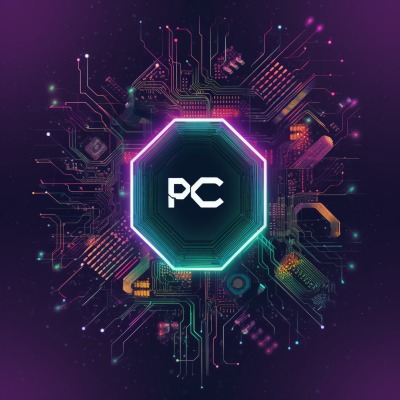Decentralized finance, or DeFi, is a financial system built on top of a blockchain network. It allows for peer-to-peer financial transactions without the need for intermediaries such as banks or other financial institutions. This means that DeFi transactions are decentralized, transparent, and secure, and they can be conducted directly between users without the need for intermediaries to verify or facilitate the transactions.
DeFi applications, also known as “dApps,” use smart contracts to automate financial processes and enable users to access a wide range of financial services, such as lending, borrowing, trading, and payments. These services are often provided through decentralized exchanges (DEXs), which allow users to buy and sell assets directly with one another, rather than through a centralized exchange.
Some of the benefits of DeFi include increased access to financial services for underbanked or unbanked individuals, greater transparency and security of financial transactions, and the potential for reduced fees and faster transaction times compared to traditional financial systems. However, DeFi is still a relatively new and rapidly evolving field, and as with any new technology, it carries some risks and uncertainties. It is important for users to carefully consider the risks and do their own research before using DeFi applications.
Most popular DeFi applications
DeFi apps are mostly deployed on Ethereum, and you will need a Metamask wallet to interact with them.
- Uniswap – decentralized exchange for swapping tokens
- Aave – borrowing and lending of tokens
- Lido – liquid staking to earn yield on your ETH
- DefiLlama – research DeFi projects
How to start with DeFi
If you are interested in getting started with DeFi, there are a few steps you can follow:
- Familiarize yourself with the basics of DeFi: It is important to understand the principles and features of DeFi, as well as the risks and limitations. You can learn about DeFi through online resources, such as articles, blogs, and social media groups.
- Choose a blockchain platform: DeFi applications are built on top of different blockchain platforms, such as Ethereum, Binance Smart Chain, and Tron. Each platform has its own features, fees, and limitations, so you should choose one that meets your needs and preferences.
- Set up a wallet: To use DeFi applications, you will need a digital wallet that supports the blockchain platform you have chosen. You can use a software wallet on your computer or a mobile wallet on your smartphone. Make sure to keep your wallet secure by enabling two-factor authentication and backing up your recovery phrase. Metamask is the most popular crypto wallet right now.
- Explore DeFi applications: There are many DeFi applications available, such as decentralized exchanges (DEXs), lending and borrowing platforms, stablecoins, and prediction markets. You can explore these applications and see which ones meet your needs and preferences.
- Start using DeFi: Once you have chosen the DeFi applications you want to use, you can start interacting with them. You can buy and sell assets, lend and borrow money, or participate in prediction markets. It is important to carefully read and understand the terms and conditions of each application before using it.
Remember that DeFi is still a relatively new and rapidly evolving field, and it carries some risks and uncertainties. It is important to carefully consider the risks and do your own research before using DeFi applications.
My affiliate recommedations
- ByBit crypto exchange with up to $4500 bonus
- GMX decentralized crypto exchange
- Ledger Hardware Wallet
- ExpressVPN to browse Internet in private worldwide
What DeFi videos to watch?
DeFi includes both services related to transfer of funds as well as trading – including advanced derivatives.
- Crypto Options for beginners
- Crypto Trading on Decentralized Exchanges
- Crypto Arbitrage and MEV Research tool
- DeFi Analytics tools
Decentralized Finance vs Traditional Finance
One of the main differences between DeFi and traditional finance is decentralization. DeFi transactions are decentralized, meaning they are not controlled by any single entity, such as a bank. Instead, they are verified and recorded on a decentralized network of computers, called nodes, that run the blockchain. This means that DeFi transactions are transparent, secure, and resistant to censorship or fraud.
Another difference is accessibility. DeFi allows for greater access to financial services for underbanked or unbanked individuals, who may not have access to traditional financial institutions due to factors such as geography, income, or credit history. DeFi also enables cross-border transactions without the need for intermediaries, which can be faster and cheaper than traditional finance.
However, DeFi also has some risks and limitations. It is still a relatively new and rapidly evolving field, and there have been instances of hacks and scams in the DeFi space. In addition, DeFi transactions are typically irreversible, which means that users must be careful to avoid mistakes or fraud. Finally, DeFi applications may have complex interfaces and require users to have some technical knowledge, which can be a barrier for some people.
Overall, DeFi offers an alternative to traditional finance that is decentralized, transparent, and accessible. While it carries some risks and limitations, it has the potential to disrupt traditional financial systems and bring financial services to underserved communities.


Leave a Reply